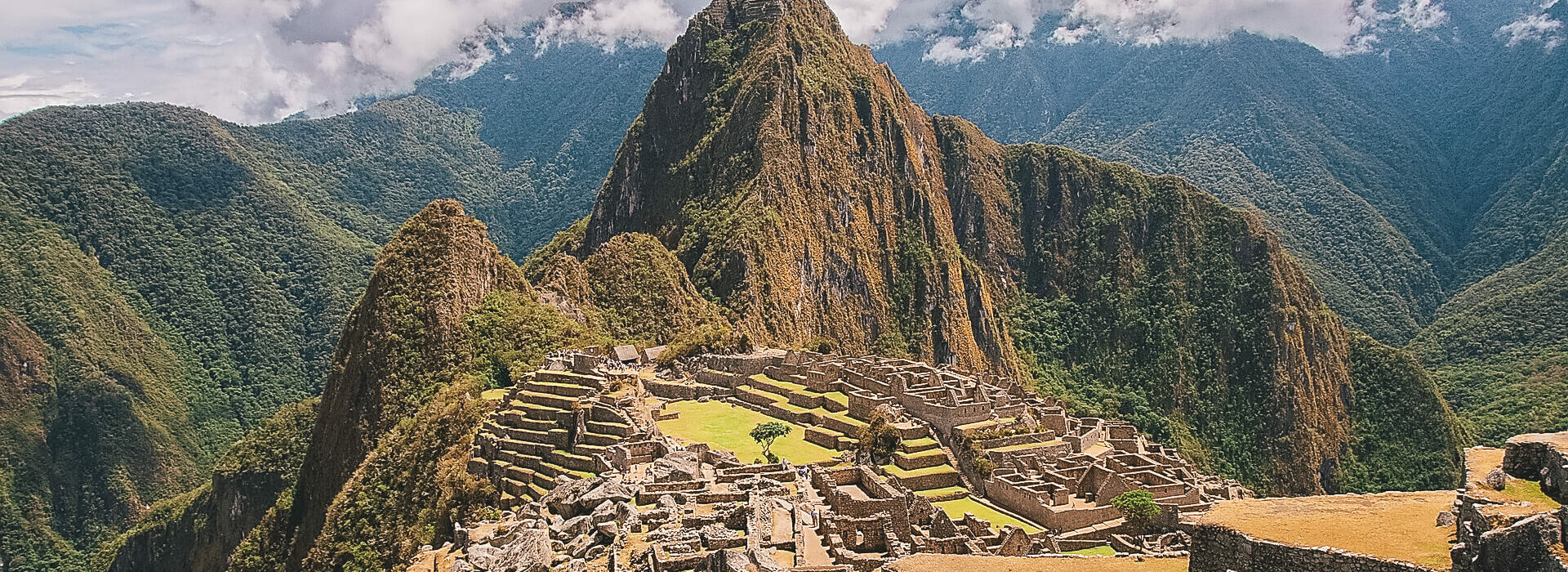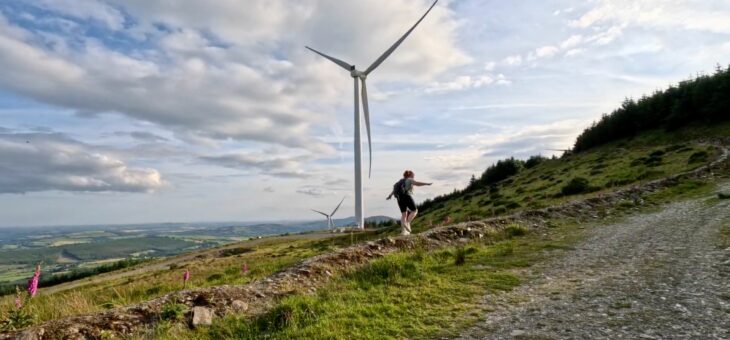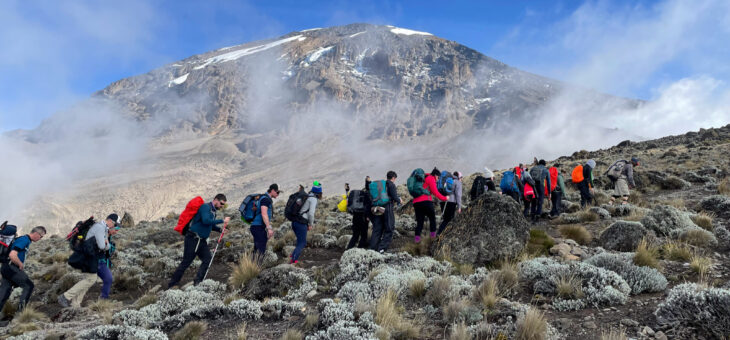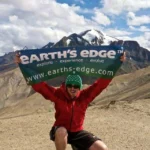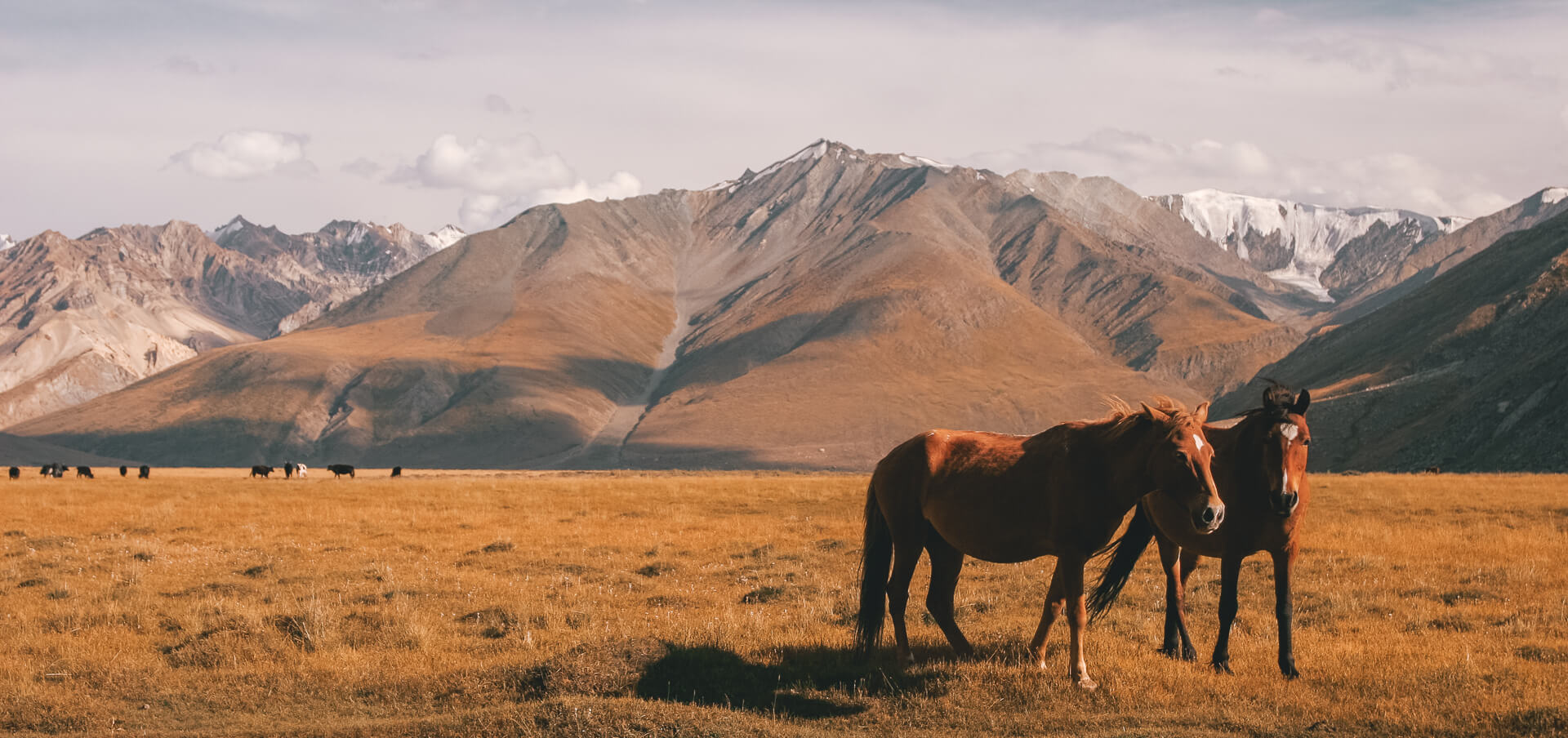
Oddly enough, the trek to Machu Picchu is one of the few expeditions that starts at a higher altitude than the one where it ends! Cusco, the city where we begin our expedition, is at an altitude of 3,400m. Machu Picchu is 2,430m. And on our particular expedition, we travel through points that are even higher. The highest point on our journey is the stunning Yanama Pass (4,668m).
So even though we’re not gradually reaching higher ground each day, you will have to acclimatise to differing altitudes on Machu Picchu. Here are our tips to help you cope…
How to cope with altitude on Machu Picchu
The good news is, there are plenty of ways in which you can help your body acclimatise. We take this very seriously on our expeditions, and it impacts a lot of the decisions we make. So, here are some key tips…
Go slowly
This trek isn’t a race. While it can be hard for the super sporty or enthusiastic to take a slower pace, this is crucial when it comes to acclimatising. Remember, AMS (Acute Mountain Sickness) can affect anyone. It doesn’t matter how healthy or fit you are. Take your time and rest when you need to.
Keep hydrated
This is really key. Staying hydrated is hugely important when it comes to preventing AMS. We recommend you drink at least three litres a day, but five is preferable. Whenever we stop for a water break, make sure you’re drinking.
Eat well
Much like water, you need to stay well fed on this expedition. We provide three hearty meals a day, but we also suggest that you snack throughout the day as well. In fact, we’ve written a post all about the best snacks to have on an expedition like this one…
Rest
Our itinerary is worked out to incorporate time to rest and acclimatise. This is very important when it comes to avoiding AMS. But it’s also important to make sure you get a good night’s sleep every night.
Protect your airway
At high altitude, and especially in dry conditions, it is essential you protect your airway. This means walking with a bandana covering your mouth and nose, often in hot weather, or when you are breathing heavily. Getting used to covering your airway while walking takes some time, so you should practice prior to departure. But hey, we’re well used to face masks at this stage! This will be second nature to us now.
Stay aware
If you feel the first niggling signs of AMS, it’s important you tell the expedition doctor immediately. Often, the first symptom is a light headache. If treated quickly, the solution can be as simple as a few litres of water and a painkiller. But if you leave it, the situation can get much worse. Early detection is key.
If you want to read more about our expedition to Machu Picchu, click here to find out all about our trek!
